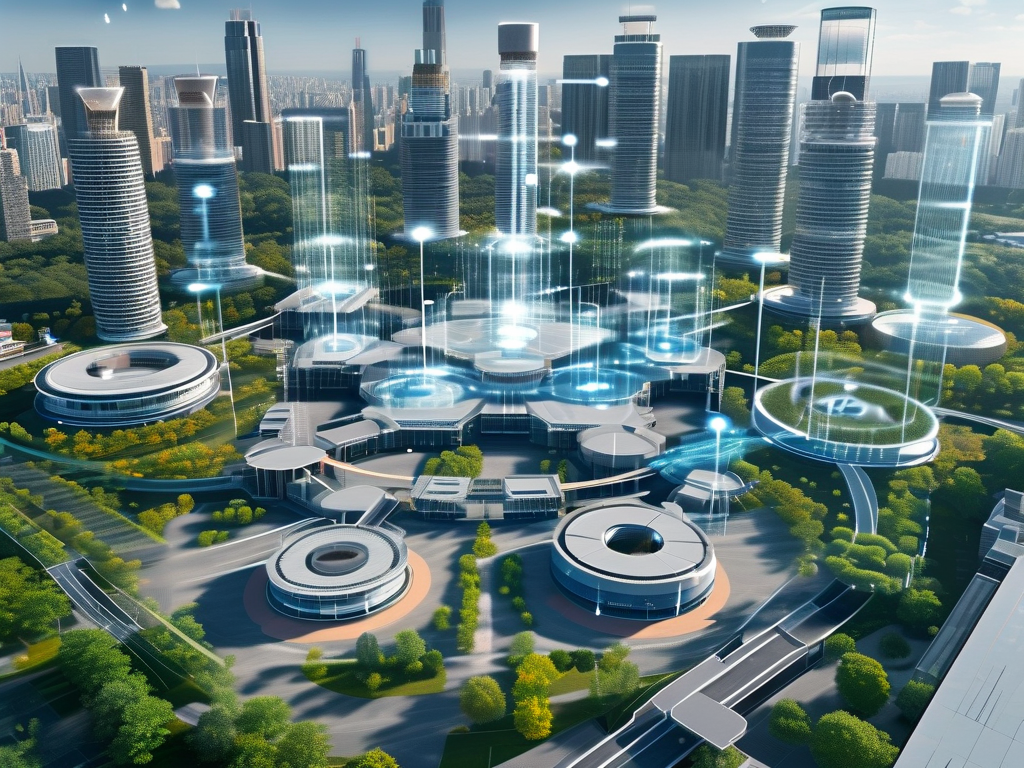In today's fast-paced digital landscape, understanding the nuances between distributed technology and architecture is crucial for building robust, scalable systems. At first glance, these terms might seem interchangeable, but they represent distinct concepts that shape how we approach complex computing environments. Distributed technology refers to the tangible tools, protocols, and software components that enable data and processes to be spread across multiple nodes or machines. For instance, technologies like Apache Kafka for real-time data streaming or Hadoop for distributed storage are practical implementations that handle specific tasks in a decentralized manner. These are the building blocks—concrete elements that developers interact with daily, often involving code snippets to configure and optimize. Take a simple Kafka producer example in Java:

Properties props = new Properties();
props.put("bootstrap.servers", "localhost:9092");
props.put("key.serializer", "org.apache.kafka.common.serialization.StringSerializer");
props.put("value.serializer", "org.apache.kafka.common.serialization.StringSerializer");
Producer<String, String> producer = new KafkaProducer<>(props);
producer.send(new ProducerRecord<>("test-topic", "key", "value"));
producer.close();
This code illustrates how distributed technology provides the mechanisms for sending messages across systems, but it's just one piece of the puzzle. On the other hand, distributed architecture embodies the high-level design philosophy and structural blueprint that governs how these technologies are organized and interact. It's an abstract framework focused on principles like scalability, fault tolerance, and consistency, without dictating specific tools. For example, an event-driven architecture might outline how microservices communicate asynchronously to handle failures gracefully, drawing on concepts like the CAP theorem which states that in distributed systems, you can't achieve consistency, availability, and partition tolerance simultaneously. This architectural layer defines the "why" and "how" of system behavior—such as choosing between a monolithic or microservices approach—rather than the "what" of implementation.
The key differences lie in their scope and application. Distributed technology is hands-on and solution-oriented; it's about selecting the right software (e.g., using Redis for caching or etcd for consensus) to solve immediate problems. In contrast, distributed architecture is strategic and holistic, setting guidelines that ensure long-term resilience and efficiency. For instance, while technology might involve deploying Docker containers for isolation, architecture dictates the overall service mesh pattern to manage inter-service communication. This distinction matters immensely in real-world scenarios. Imagine designing a cloud-based e-commerce platform: employing Kubernetes (a distributed technology) automates container orchestration, but the underlying microservices architecture defines how inventory, payment, and user services scale independently to handle peak loads without bottlenecks. Failing to separate these can lead to pitfalls, like over-reliance on tools without considering how they fit into a cohesive design, resulting in systems that are fragile or hard to maintain.
Moreover, the evolution of these concepts highlights their interplay. As innovations emerge—such as edge computing or serverless models—distributed technology adapts with new libraries and frameworks, while architecture evolves through patterns like domain-driven design to address emerging challenges like data sovereignty. In practice, successful projects blend both: architects sketch the vision, and engineers implement it with appropriate technologies, ensuring alignment with business goals. For example, adopting a distributed ledger technology like blockchain requires an architectural focus on decentralization and trust models to prevent issues like double-spending. Ultimately, grasping this difference empowers teams to build systems that are not only functional but also future-proof, minimizing risks like downtime or security breaches. By prioritizing architecture for strategy and technology for execution, organizations can navigate the complexities of modern computing with confidence, driving innovation in an interconnected world.





